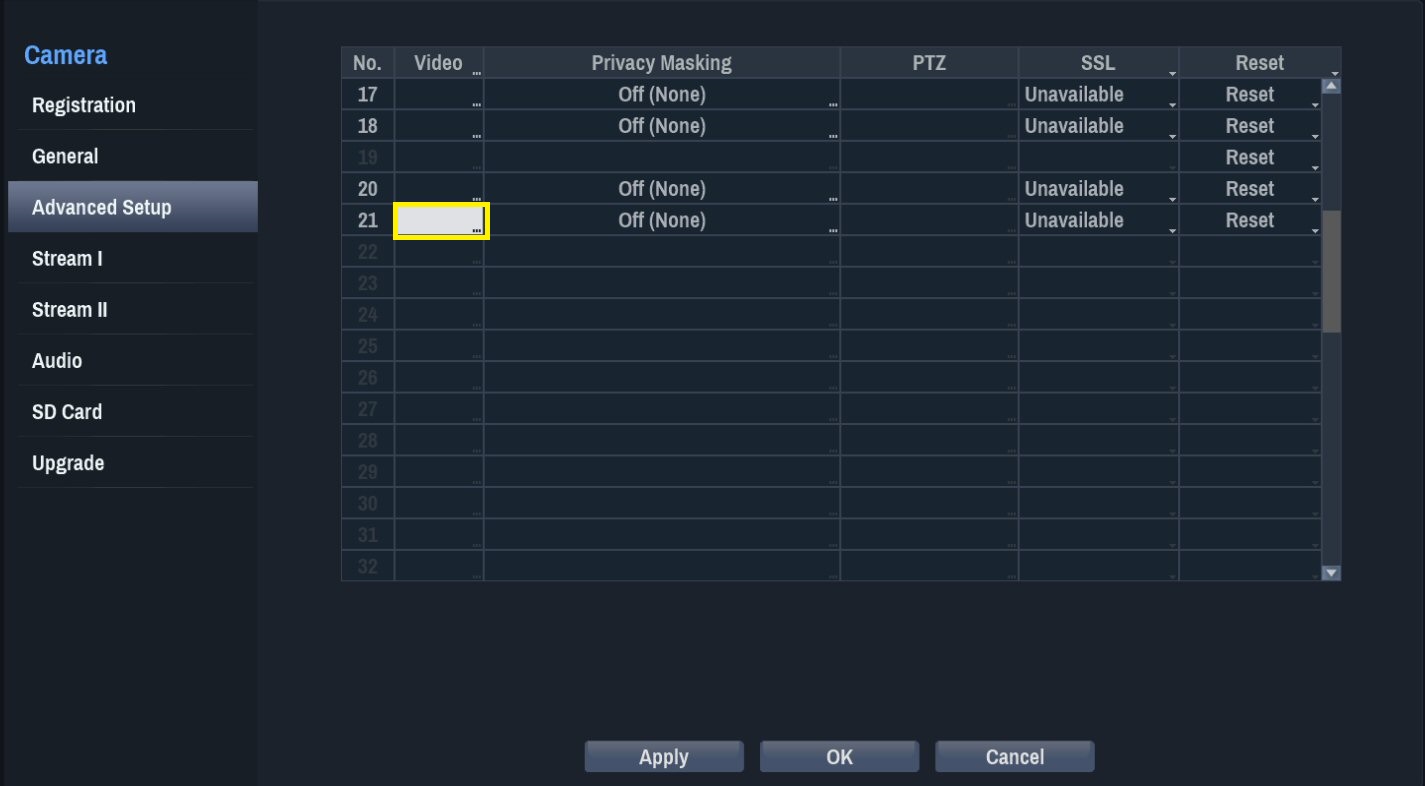

This is an index indicating which table this is in a related sequence of tables.

If the bit is flagged on, then the data is to be used at the present moment. Indicates if data is current in effect or is for future use. Incremented when data is changed and wrapped around on overflow for values greater than 32. The PAT uses this for the transport stream identifier and the PMT uses this for the Program number. When the section length is non-zero, this is the section length number of syntax and data bytes. These bytes must not exceed a value of 1021. The number of bytes that follow for the syntax section (with CRC value) and/or table data. Ī flag that indicates if the syntax section follows the section length. Consequently, the value 0xFF shall not be used for the Table Identifier. As an exception, if this is the byte that immediately follow previous table section and is set to 0xFF, then it indicates that the repeat of table section end here and the rest of TS packet payload shall be stuffed with 0xFF. Table Identifier, that defines the structure of the syntax section and other contained data. Table header repeated until end of TS packet payload Name When the pointer field is non-zero, this is the pointer field number of alignment padding bytes set to 0xFF or the end of the previous table section spanning across TS packets (electronic program guide). Used to set packet alignment bytes or content before the start of tabled payload data. Present at the start of the TS packet payload signaled by the payload_unit_start_indicator bit in the TS header. PSI structure Table Sections Pointer Name

The streams themselves are contained in PES packets with user-defined PIDs specified in the PMT. PMT section PIDs are defined in the PAT, and are the only PIDs defined there. There may be multiple independent PMT sections in a stream each section is given a unique user-defined PID and maps a program number to the metadata describing that program and the streams within it. The sections comprising the PAT and CAT tables are associated with predefined PIDs (Packet Identifier) as explained in their respective descriptions below. The PSI data will never be scrambled so that the decoder at the receiving end can easily identify the properties of the stream. Adaptation field also occurs in TS packets carrying PSI data. On the other hand, a transport stream packet can also contain multiple sections with same PID. Each section can span multiple transport stream packets. Each table structure is broken into sections. PSI is carried in the form of a table structure. The MPEG-2 specification does not specify the format of the CAT and NIT.

The PSI data as defined by ISO/IEC 13818-1 (MPEG-2 Part 1: Systems) includes four tables:
PSI ACCESS MENU ARCHIVE
Access to the members-only area of this website, including online discussion forums, event booking, a Resource Archive and the membership database.Program-specific information (PSI) is metadata about a program (channel) and part of an MPEG transport stream.Three-day Annual Conference providing a forum for the discussion of the application of statistics and programming, emerging methodologies and best practice, new technical developments and progress with standards, and a host of other topics that statisticians and statistical programmers need to keep abreast of.A programme of training courses that will be of interest no matter what your experience level – newcomer or established.A programme of whole-day scientific meetings focusing on the latest views and perspectives on key topics.A quarterly newsletter (SPIN) with news and information about the Society and its members as well as eNews delivered direct to your inbox every 2 weeks.News of upcoming Journal Clubs where authors of the most widely read articles in the journal.Why not join PSI, all PSI members will also benefit from:


 0 kommentar(er)
0 kommentar(er)
